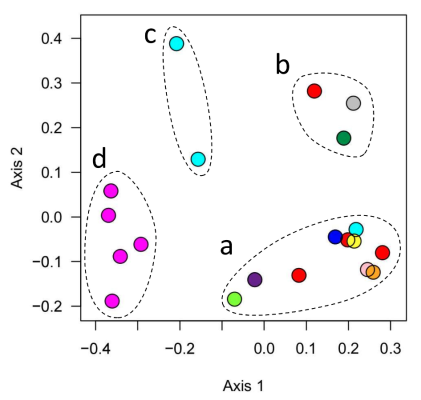- Joined
- May 22, 2016
- Messages
- 6,606
- Reaction score
- 10,198
just the total detected number of types of bacteria.
- What is the definition of diversity as it relates to keeping marine aquariums
- Is there a benchmark or reference
yes, it would detect the sequences in A and B - with a caveat, it has a lower limit of detection based on how many sequences are in sample.Is it additive such that I can buy a tin of A and add it to B and the new test should include both
If I have 100 detected types, then dump in a whole bunch of sugar, a few types will multiply massively, so then if I sample again some of those low detected types will be statistically a smaller portion of the sequences - so they might below the detection limit.
Do we care that our scores are different
More importantly should we include display photos for correlation of results to display (getting back to basics here in what does a number actually mean)
maybe and hard to say, see below.
Q11 How do we know that any particular family, or microbial diversity, or any other measured difference is important for corals?
LinkQ11
We don’t. No experiment demonstrates that, and you can always find some happy tank with an undetectable level of whatever particular bacteria you are interested in. The argument for these things is trying to mimic nature.
see if 1) seed material could dramatically affect the microbiome, and 2) if the microbiome differences were reflected in algae growth differences. 3) could it be done quickly. and 4) could it be done without cuc / herbivores, to lower the reliance on snails/fish etc to constantly keep the tank from being overrun.I'm still not clear what BRS was trying to accomplish with the results (I admit ignorance on my part as I didn't watch the video). If the goal was to circumvent the various phases of a reef cycle or prevent the so called ugly phases why? Reefs take years to develop and herbivores are our friends.





















